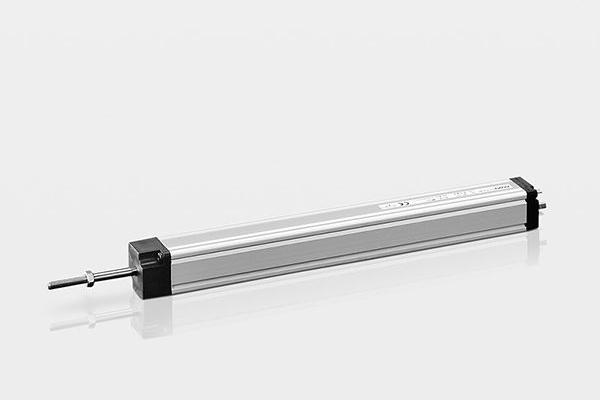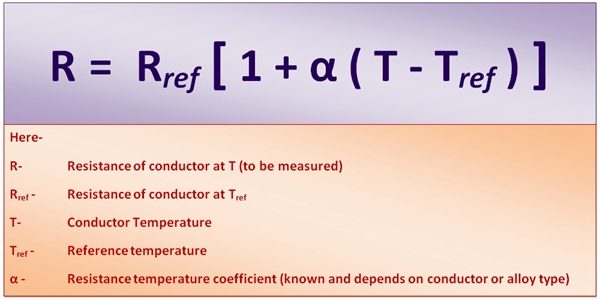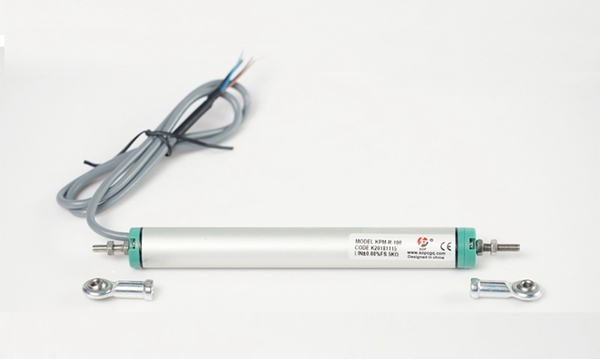Products Category
- FM Transmitter
- 0-50w 50w-1000w 2kw-10kw 10kw+
- TV Transmitter
- 0-50w 50-1kw 2kw-10kw
- FM Antenna
- TV Antenna
- Antenna Accessory
- Cable Connector Power Splitter Dummy Load
- RF Transistor
- Power Supply
- Audio Equipments
- DTV Front End Equipment
- Link System
- STL system Microwave Link system
- FM Radio
- Power Meter
- Other Products
- Special for Coronavirus
Products Tags
Fmuser Sites
- es.fmuser.net
- it.fmuser.net
- fr.fmuser.net
- de.fmuser.net
- af.fmuser.net ->Afrikaans
- sq.fmuser.net ->Albanian
- ar.fmuser.net ->Arabic
- hy.fmuser.net ->Armenian
- az.fmuser.net ->Azerbaijani
- eu.fmuser.net ->Basque
- be.fmuser.net ->Belarusian
- bg.fmuser.net ->Bulgarian
- ca.fmuser.net ->Catalan
- zh-CN.fmuser.net ->Chinese (Simplified)
- zh-TW.fmuser.net ->Chinese (Traditional)
- hr.fmuser.net ->Croatian
- cs.fmuser.net ->Czech
- da.fmuser.net ->Danish
- nl.fmuser.net ->Dutch
- et.fmuser.net ->Estonian
- tl.fmuser.net ->Filipino
- fi.fmuser.net ->Finnish
- fr.fmuser.net ->French
- gl.fmuser.net ->Galician
- ka.fmuser.net ->Georgian
- de.fmuser.net ->German
- el.fmuser.net ->Greek
- ht.fmuser.net ->Haitian Creole
- iw.fmuser.net ->Hebrew
- hi.fmuser.net ->Hindi
- hu.fmuser.net ->Hungarian
- is.fmuser.net ->Icelandic
- id.fmuser.net ->Indonesian
- ga.fmuser.net ->Irish
- it.fmuser.net ->Italian
- ja.fmuser.net ->Japanese
- ko.fmuser.net ->Korean
- lv.fmuser.net ->Latvian
- lt.fmuser.net ->Lithuanian
- mk.fmuser.net ->Macedonian
- ms.fmuser.net ->Malay
- mt.fmuser.net ->Maltese
- no.fmuser.net ->Norwegian
- fa.fmuser.net ->Persian
- pl.fmuser.net ->Polish
- pt.fmuser.net ->Portuguese
- ro.fmuser.net ->Romanian
- ru.fmuser.net ->Russian
- sr.fmuser.net ->Serbian
- sk.fmuser.net ->Slovak
- sl.fmuser.net ->Slovenian
- es.fmuser.net ->Spanish
- sw.fmuser.net ->Swahili
- sv.fmuser.net ->Swedish
- th.fmuser.net ->Thai
- tr.fmuser.net ->Turkish
- uk.fmuser.net ->Ukrainian
- ur.fmuser.net ->Urdu
- vi.fmuser.net ->Vietnamese
- cy.fmuser.net ->Welsh
- yi.fmuser.net ->Yiddish
A Brief Introduction of Resistive Transducer (with Pics)

A resistive transducer is a transducer whose resistance would vary because of its environmental factors. As to its application, a resistive transducer can be used to measure many physical quantities such as temperature, pressure, force, displacement, vibrations, and so on.
In order to use a resistive transducer well, it is essential for electronic engineers to know about how it works and where it can be applied to.
Now, this blog will share the working principle and examples of a resistive transducer to electronic engineers and people who would like to know about a resistive transducer in order to help them know more about a resistive transducer.
If this blog is helpful to you, don't forget to share this page!
Content
● How does a Resistive Transducer Work?
● What are Examples of a Resistive Transducer?
● FAQ
● Conclusion
How does a Resistive Transducer Work?
A resistive transducer is an electronic device that is capable of measuring various physical quantities like temperature, pressure, vibration, force, etc.

From the formula, it is understood that the variable resistance transducer elements work on the principle that the resistance of the conductor is directly proportional to the length of the conductor and inversely proportional to the area of the conductor.
So if a process variable make change in length or area (both or any of them) of sensor or transducer, will change in resistance of the same, which can be detected and measured by bridge circuits and can be calibrated in unit of measurement of process variable.
A Brief Explanation to Working of a Resistive Transducers
Another principle for the change in resistance of sensor or transducer is change due to temperature.
Since we know that for the conductors and alloys, a change in resistance is a function of change in temperature and the resistance-change factor per degree Celsius of temperature change is called the "Temperature coefficient of resistance".
This factor is represented by the "alpha" (α). An equation for R-T relation is shown below.

Here in the formula, value of Resistance Temperature Coefficient (α) depends on the conductor or alloy material it can be either positive or negative.
A positive coefficient represents resistance increases with an increase in temperature while a negative coefficient represents resistance decreases with increase in temperature.
As conclusion, if a process variable makes change in length or area (both or any of them) and/ or change in temperature of sensor or transducer, will change in resistance of the same, which can be detected and measured by bridge circuits and can be calibrated in unit of measurement of process variable.
What are Examples of a Resistive Transducer?

● Potentiometer: Converts displacement into change in resistance.
● Resistance thermometer (RTD): Detects change in temperature and convert into change in resistance.
● Thermistor: Detects change in temperature and convert into change in resistance.
● Strain Gauge: Convert force, pressure into change in resistance.
● Hot Wire Meter: Used to detect liquid or gas velocity by measuring the heat loss of wire placed in the fluid stream by detecting change in resistance.
● Light Dependant Resistor (LDR): Detect light intensity and results as change in resistance.
● Resistance Hygrometer: Detect humidity present in its surrounding atmosphere and convert in form of change in resistance.
1. Q: What is a Resistive Transducer?
A: A resistive transducer is an electronic device that can measure various physical quantities such as temperature, pressure, vibration, and force. The resistance of such transducers varies with physical quantities.
2. Q: What are Types of Resistive Transducer?
A: The simplest resistive sensor is the potentiometer. Other resistive sensors include strain gauges, thermocouples, photoresistors, and thermistors.
3. Q: Which Type of Resistive Transducer is Most Commonly Used?
A: The most commonly used transducer type is the variable resistance sensor. It is also known as a resistive transducer. It measures temperature, pressure, displacement, force, vibration, etc. to understand how it works, consider a conductor rod.
4. Q: How does A Capacitive Transducer Work?
A: Capacitive transducer work by changing the capacitance of a capacitor. This change in capacitance may be caused by changes in the overlapping area A of the plates, changes in the distance d between the plates, and changes in the dielectric constant e.
In this blog, we learn about how a resistance works and what kinds of examples a resistive transducer has. It is quite useful for you to understand the working principles and aplications of a resistive transducer.
So, do you have any other ideas about a resistive transdecer? Leave a comment below to share your ideas. If this blog is helpful to you, don't forget to share this page!
Also Read
● What's the Difference between AM and FM?
● How to Recycle A Waste Printed Circuit Board? | Things You Should Know
● Know RF Better: The Advantages and disadvantages of AM, FM, and Radio Wave
● Simple and Budget DIY - How to Make An FM Transmitter?

